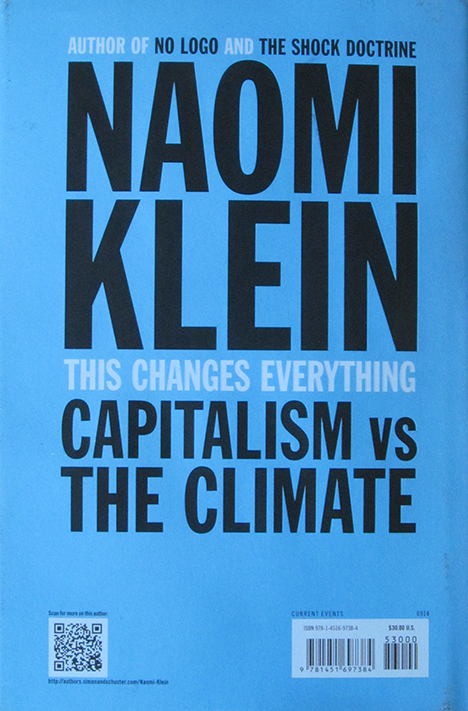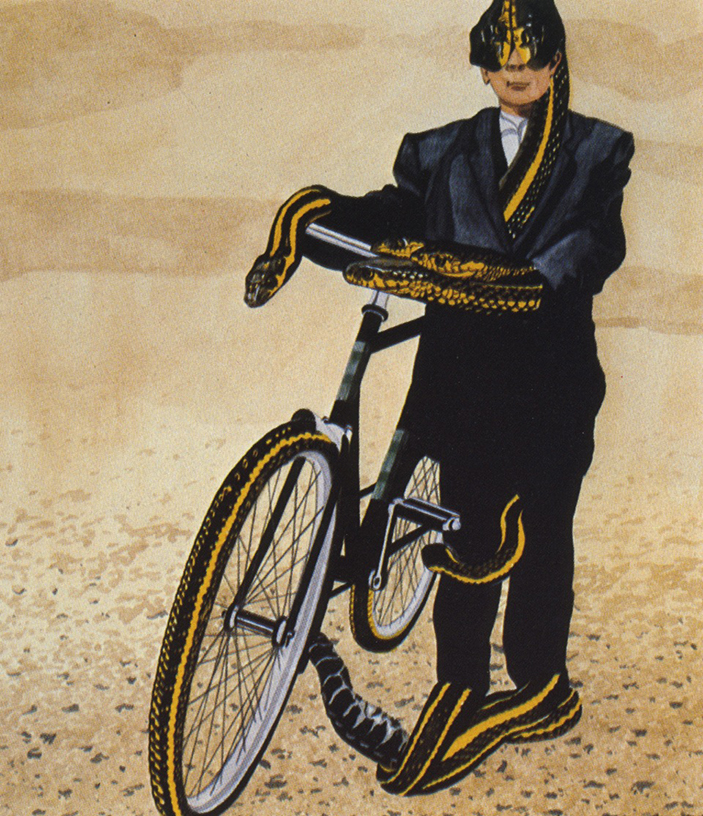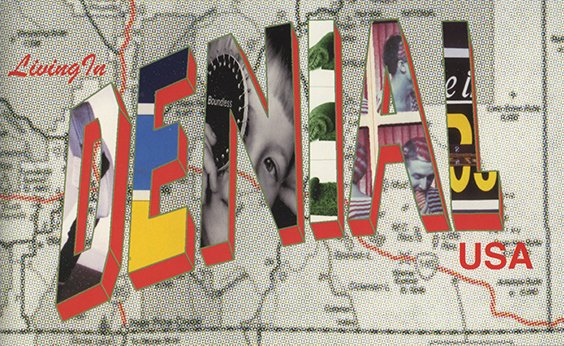David Stairs
I.
I once founded a town. It’s in the high desert about twenty miles outside of Bend, Oregon overlooking the magnificent Three Sisters Wilderness off in the distance to the west. I called the town Denial. At the time only two other people volunteered to live there, hence the sign. But many more would have qualified to be living in Denial.

After all, America has more than its fair share of deniers. Legal history offers us salient examples in both racism and evolution. The Dred Scott case of 1857, which denied African Americans the right of citizenship, is considered by many to be the worst ever Supreme Court ruling. In defending another hopeless cause, during the famous Skopes trial in 1925, William Jennings Bryan argued for the State of Tennessee’s right to prohibit the teaching of evolution in public school classrooms. Women have been wrestling with wholesale denial of their rights for a very long time. They made a breakthrough with the 19th Amendment, but took a step backward with the failure of the Equal Rights Amendment. They won a victory over those who would deny them the right to control their own bodies with Roe v. Wade, but still struggle against glass ceilings that deny advancement in many professions.

Auschwitz courtesy Wikipedia
Then there are the ever present homegrown Holocaust deniers. It seems imbecilic to deny what thousands of British, Russian, and American servicemen witnessed first hand when they entered German-held territory in 1945, let alone the horrific accounts of survivors. In fact, history’s first war crimes trials glaringly featured the facts in daily press releases and cinema newsreels throughout the late ’40s, paving the way for Stanley Kramer’s magisterial 1961 Judgement at Nuremberg. Perhaps most ludicrous are the moon landing deniers. To this day some people insist NASA staged the event, with Stanley Kubrick’s assistance, in spite of the fact that it’s possible to aim a laser at the mirror Buzz Aldrin deployed at Tranquility Base and receive precise telemetry of the moon’s present distance from Earth in the reflection. Neil Armstrong was a notoriously private person, and only gave one interview toward the end of his life. But it must have irked him no end to think that the hard work and balls-to-the-wall heroism of the Apollo program is chalked up by some deniers to conspiracy theory. Buzz Aldrin famously slugged a moon-landing conspiracy theorist who was harassing him in 2002.

Tranquillity Base experiments courtesy NASA
Although I think heaven is plausibly deniable, climate change is not. And yet, of all denier types everywhere, this is perhaps the most dangerous. Not ironically, some of the most vociferous are those most deeply invested in extraction and energy. Naomi Klein tells a number of distressing stories about the power of huge multinationals that have invested nearly 500 billion dollars into the Athabasca tar sands project. This dirty oil requires not only a great deal of clean water, but also natural gas to heat the water to separate the oil from the sand. It is three to four times more polluting than traditional drilling.

Pollution deniers are a subset of climate change deniers. For years Americans have been deceived by corporations that have tried to convince them hydraulic fracturing, or fracking, is safe, and that the resulting fuel is cleaner. Fortunately, a growing swell of academic research has uncovered the lie. Researchers at Cornell have actually suggested that fracked gas is as much as 30% dirtier than traditionally extracted gas because it releases serious amounts of methane into the atmosphere, and methane is an even more effective greenhouse gas than carbon dioxide.1 For those who believe it is possible to power our energy needs with renewables, and academics have already worked out a practicable scenario, all carbon should be left in the ground. Activists who have blocked Keystone XL for the last three years, preventing access to right-of-way eminent domain claims, have included a consortium of environmentalists, ranchers, and First Nations groups exerting long dormant treaty rights meant to protect them from the destruction of their land— a thing massive terraforming extraction projects cannot avoid.
II.
What many of the above-mentioned deniers have in common is a tendency to practice magical thinking: black people do not deserve citizenship because they are subhuman; humans did not evolve on the Earth, but were placed in the Garden of Eden; the Jews weren’t mass murdered, but themselves caused World War II; Neil Armstrong and Buzz Aldrin did not risk life and limb, but performed their moonwalk on a stage in Idaho; the earth is not warming because of human activity and, if it is, we can fix it with a little geo-engineering, or more of what got us in trouble in the first place. Design’s magical thinking is the profession’s unflagging loyalty, even in the face of environmental devastation, to its Fortune 500 clients. The AIGA has even named its annual design and business conference GAIN. This blindness is borne out not merely in day-to-day practice, but in design education’s complicity in providing a limitless supply of competition-hungry graduates to industry. The citizens of Denial are a little like alcoholics, spreading their addiction to their progeny.

Opportunism Corrupts
Not everyone is hypnotized by capitalism though. A few years ago Maria Popova posted a nice piece at Design Observer criticizing design competitions entitled Death to Design Awards. She minces few words in accusing them of being a block to innovation and “a flawed and incomplete system of evaluation (that) becomes the currency designers flash at prospective clients and use to bargain their billing rates. It makes clients lazy and designers complacent.” Communication designers aren’t the only ones called out. In a 2010 piece at Core 77 entitled Why Design Contests Are Bad, no less a person than Donald Norman weighs in on industrial design competitions. While he is not as draconian as Popova in his evaluation, he still complains that such contests only reward superficiality and need to change. John Thackara has gone further than most in proposing a solution. His Ten Ways to Redesign Design Competitions takes the environment into consideration in ways most others ignore. Unfortunately, even Thackara does not entirely rid himself of the capitalist fantasy that drugs the profession. Is there a way to do this? Would de-coupling from the system that is destroying the earth mean an end to design? Unlikely. The profession would suffer declines perhaps, but humans will always design. Are designers even capable of overcoming their level of denial? Does anybody care? These are questions that should not be left to the fervent murmurings of individual conscience, but must be addressed now, seriously, by all of us. The status quo is unsustainable.

Meanwhile, back out in Denial Oregon I’m planning to erect a king-size convention center and resort hotel. That’s right, I’m going over to the dark side. I intend to cash in on the conspiracy theorists with a marvelous public relations campaign designed to lure all deniers to the same place where I can make ’em an offer they can’t refuse. What more fitting way to memorialize a town than to get a bunch of people to deny imminent death by drinking the Flavor Aid?
Notes
1) Robert W. Howarth, Renee Santoro, and Anthony Ingraffea, “Methane and the Greenhouse Gas Footprint of Natural Gas from Shale Formations,” Climatic Change 106 (2011): 679-90.
David Stairs is the founding editor of Design-Altruism-Project.











Leave a Reply
You must be logged in to post a comment.